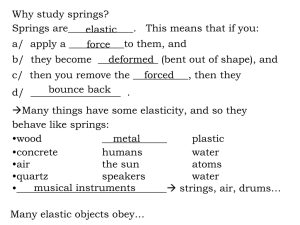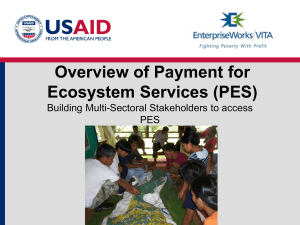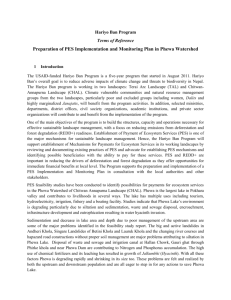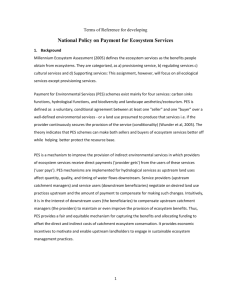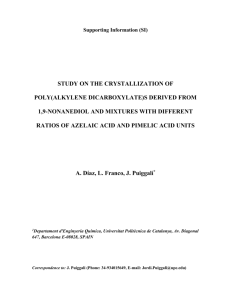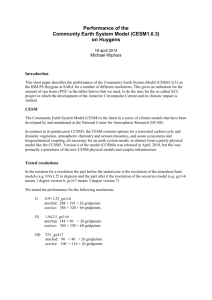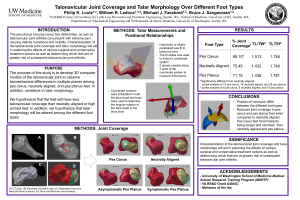PES statements - Chris Shelton
advertisement
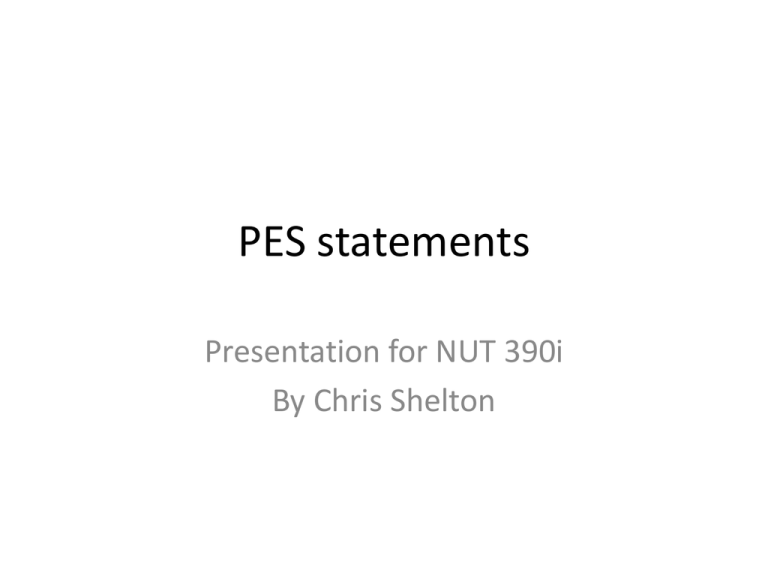
PES statements Presentation for NUT 390i By Chris Shelton NUT 4700 PES = Problem, Etiology, Signs/Symptoms • PES statements are written by Registered Dietitians. They are used when an RD diagnoses a patient’s problem or needs. • It’s a simple written statement that identifies the Problem; states the Etiology of the problem; and gives the Signs or Symptoms that support the diagnosis of a patient. When do RDs write a PES? Writing PES statements • There is a standardized language for writing a PES statement: • It always includes: whatever the Problem is, how it is related to the Etiology of the problem, as evidenced by the Signs or Symptoms that you see as an RD • The key words in this statement are “related to” and “as evidenced by.” PES examples • 70-yr old white male admitted for cardiac bypass surgery. Doctor sees that patient is underweight so refers patient to RD • RD conducts an assessment and finds patient has lost weight (15 pounds in 3 months) without trying and has been eating poorly for several weeks. He lives alone at home and his wife died 3 months ago PES examples • A sample PES would be: • “Involuntary weight loss related to missing meals as evidenced by loss of 15 pounds over 3 months.” • The Problem is the weight loss. The Etiology is related to missing meals. The Signs or Symptoms are the 15 pounds lost over 3 months. More PES examples • “Inadequate energy intake related to calorie intake not meeting calculated needs as evidenced by 15lb weight loss in 3 months.” More PES examples • Based on lab results: • “Inadequate mineral intake (iron) related to iron intake not meeting needs as evidenced by low Hgb/Hct and ferritin.” More PES examples • Socioeconomic: • “Limited access to food related to inability to acquire food as evidenced by lack of income.” Don’t forget • PES statements are a written diagnosis of a patient’s nutritional problem. • A PES is a simple statement that identifies the Problem, gives the Etiology of the diagnosis and states the Signs/Symptoms that support the diagnosis. • Always use the words “related to” and “as evidenced by.” Thank you! References: • Mahan KL, Escott-Stump S. Krause’s Food and Nutrition Therapy. 12th ed. St. Louis, MO: Saunders Elsevier; 2008. • Lecture notes from NUT 4700 with Anne Keller, MS, RD; Metropolitan State University of Denver; Aug. 2013.


